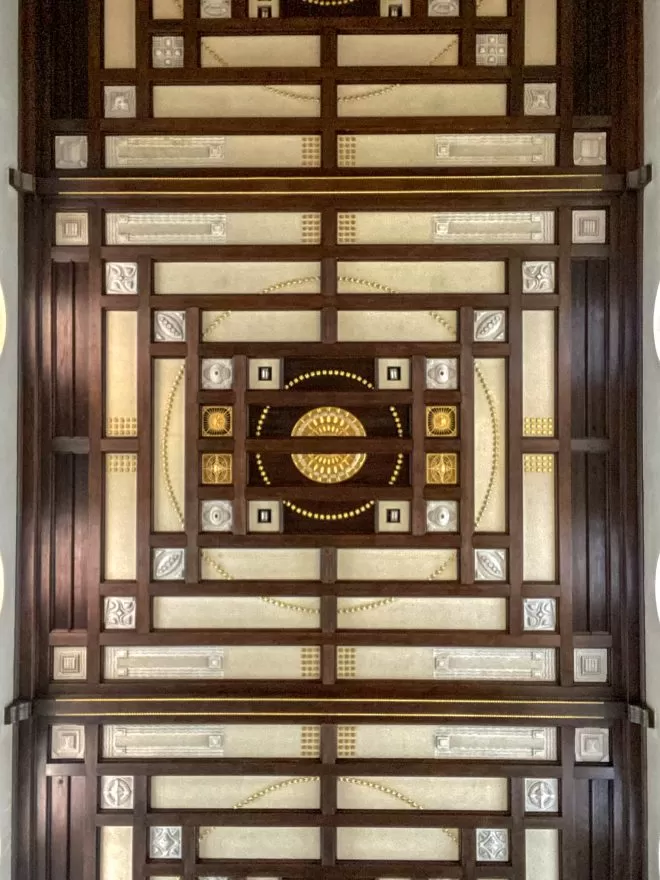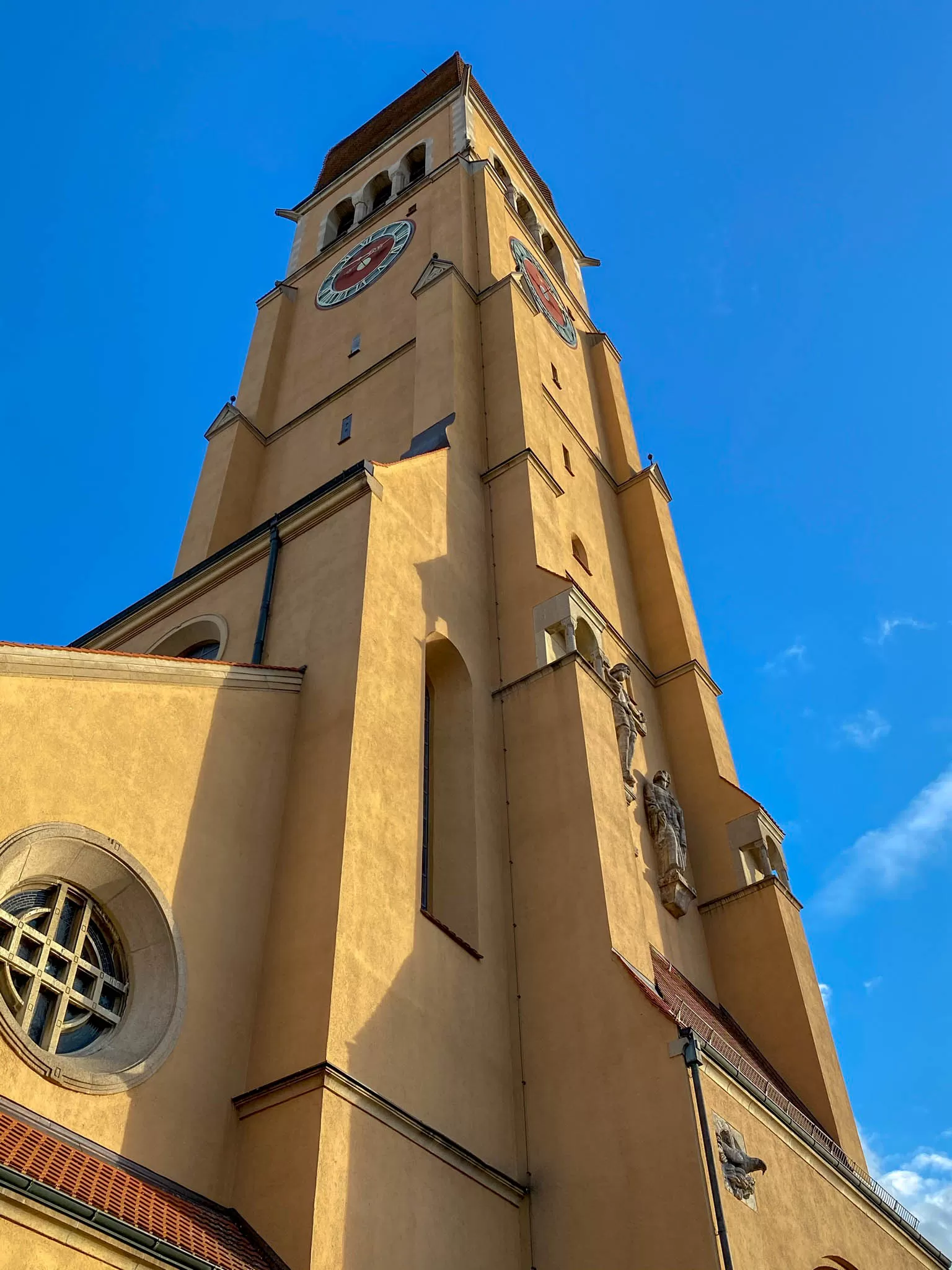
Herz Jesu, 1907-1910. Architect: Michael Kurz. Photo: Daniela Christmann
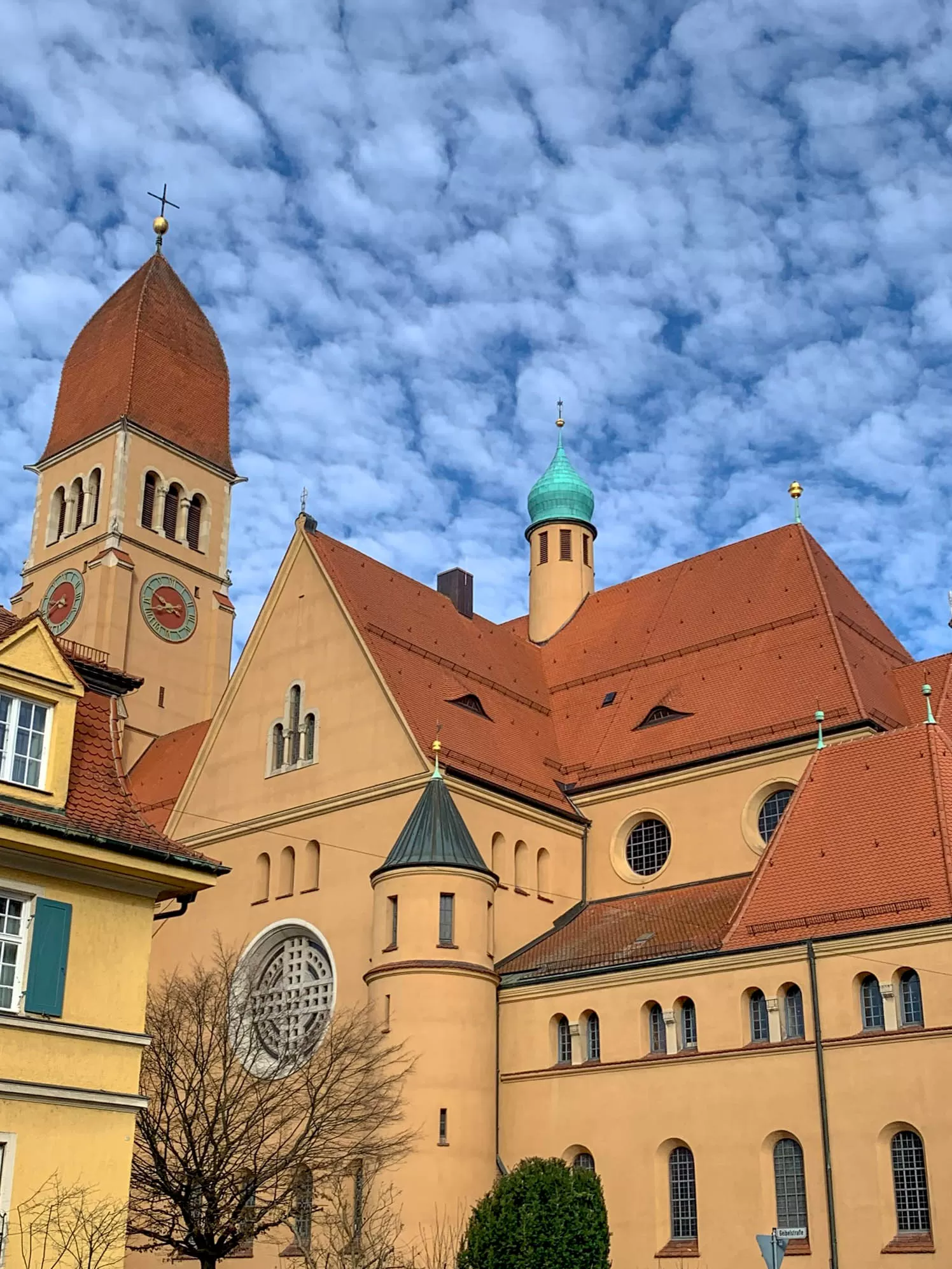
Herz Jesu, 1907-1910. Architect: Michael Kurz. Photo: Daniela Christmann
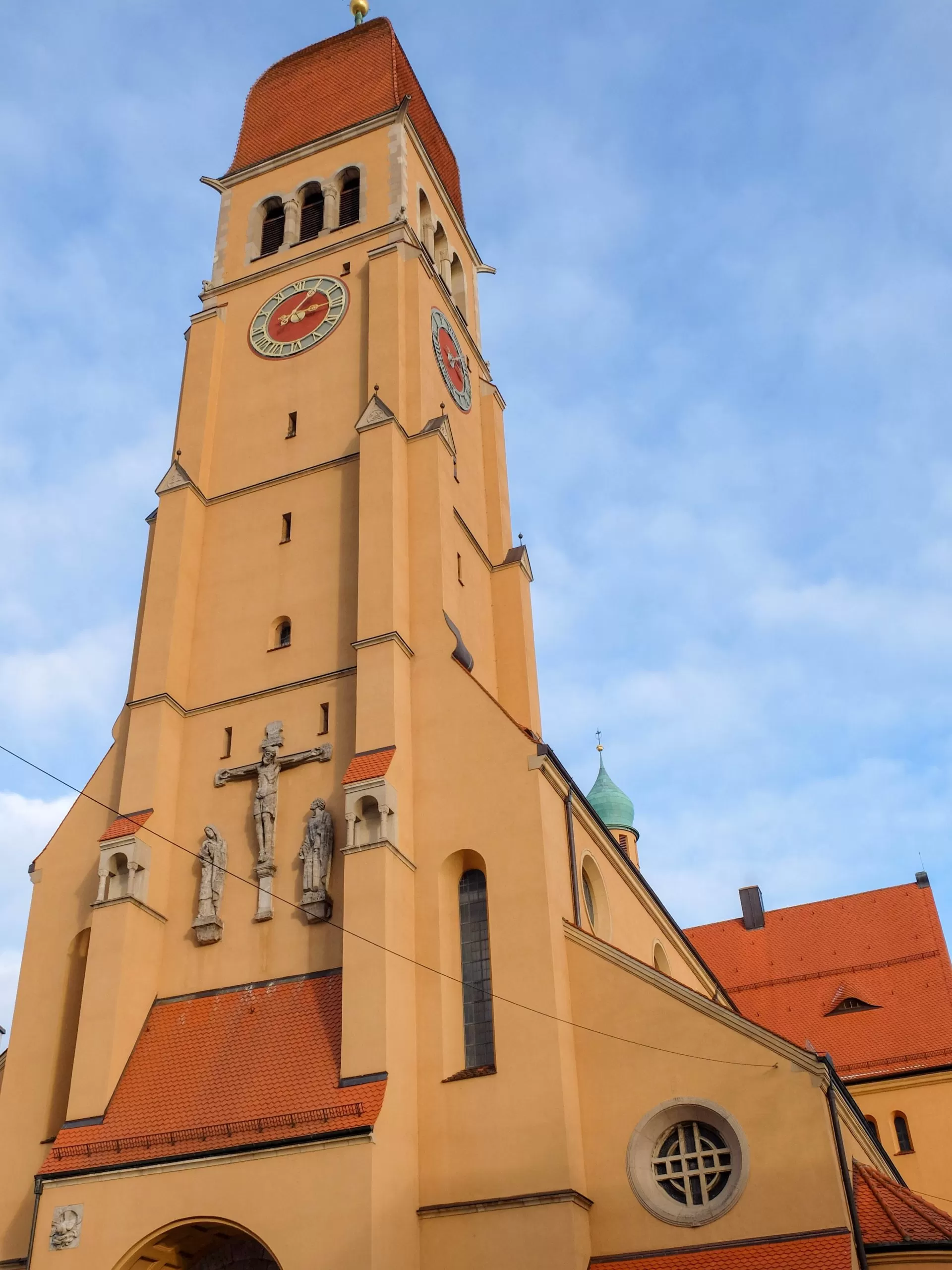
Herz Jesu, 1907-1910. Architect: Michael Kurz. Photo: Daniela Christmann
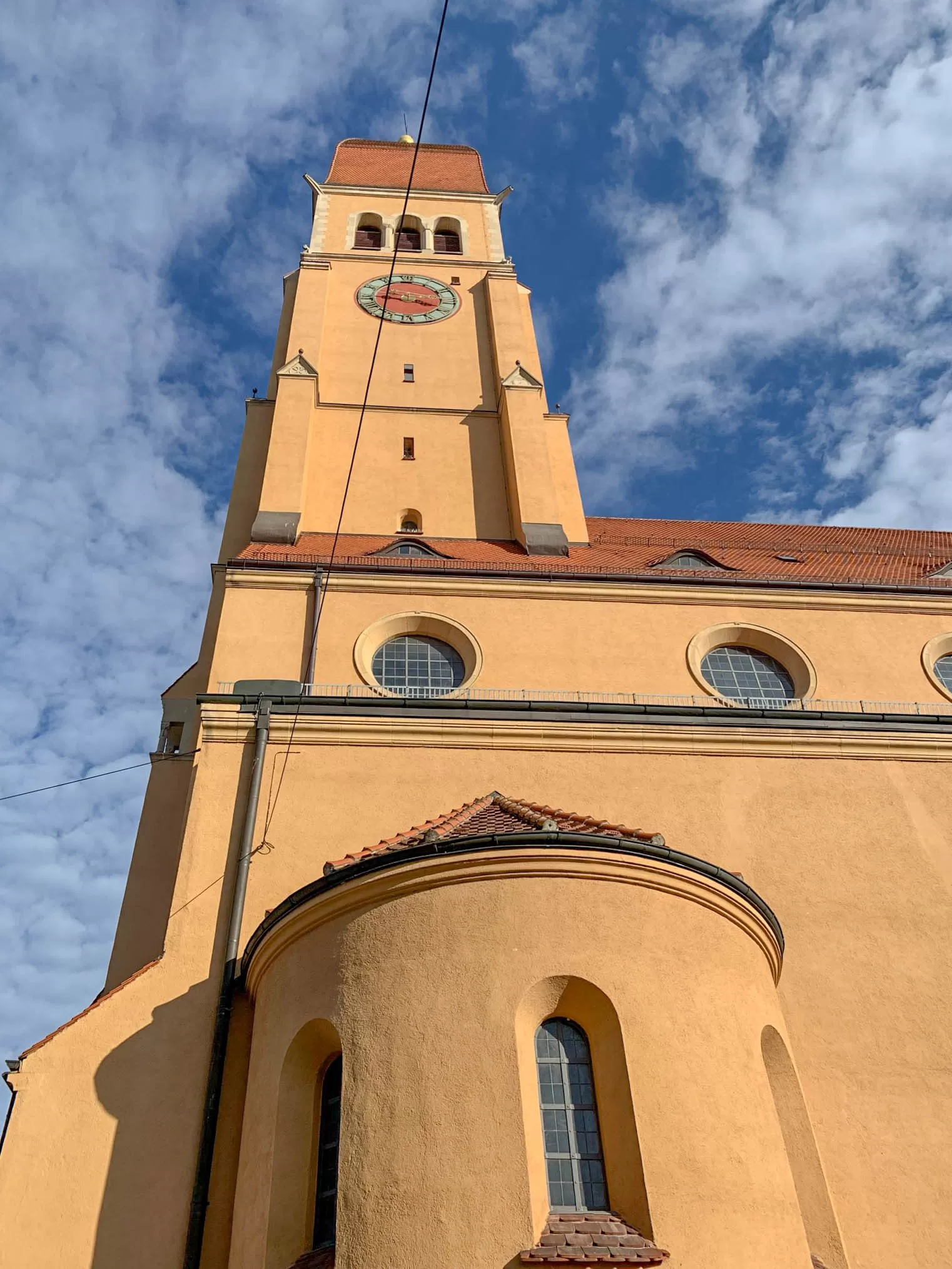
Herz Jesu, 1907-1910. Architect: Michael Kurz. Photo: Daniela Christmann
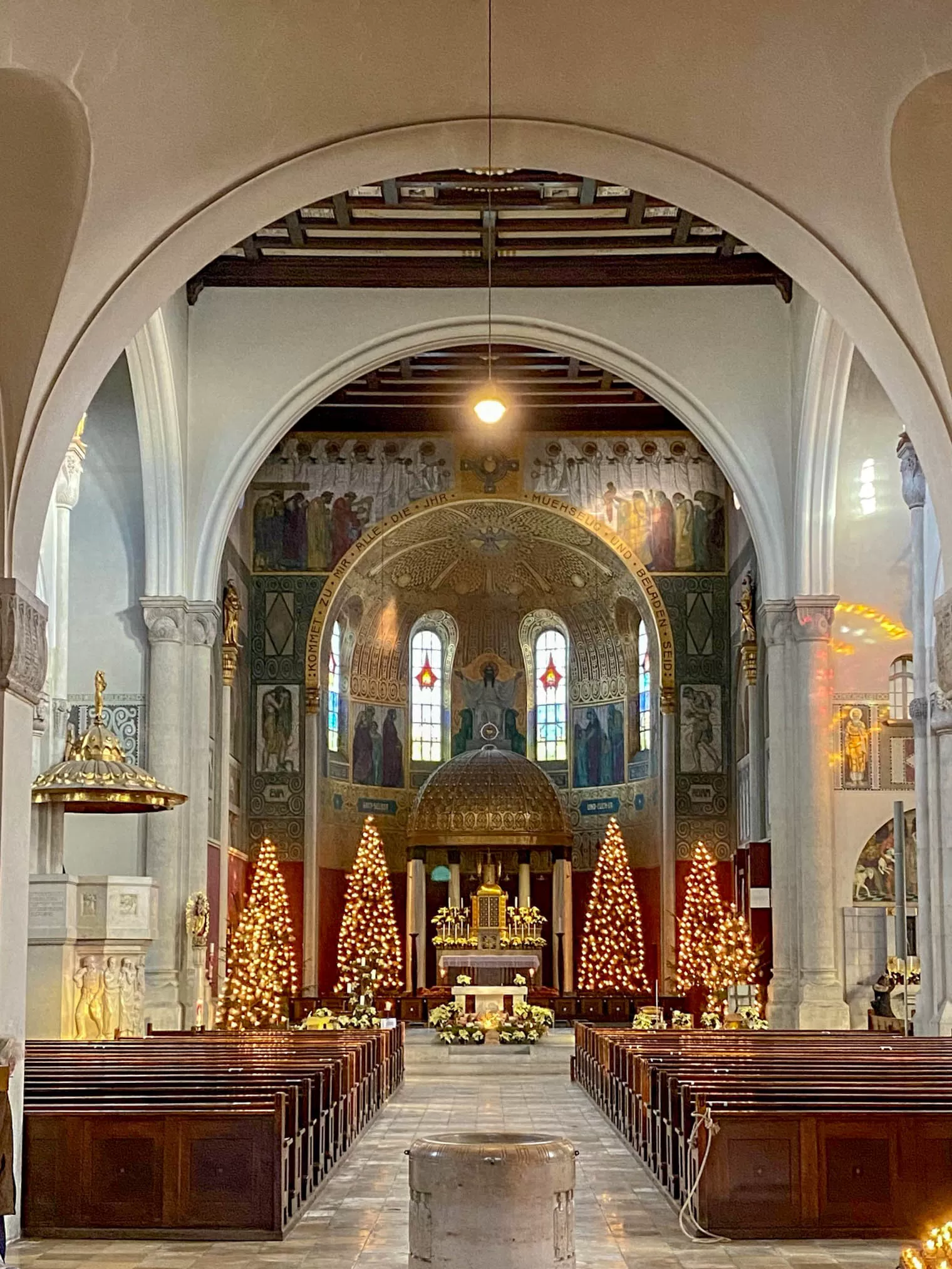
Herz Jesu, 1907-1910. Architect: Michael Kurz. Photo: Daniela Christmann
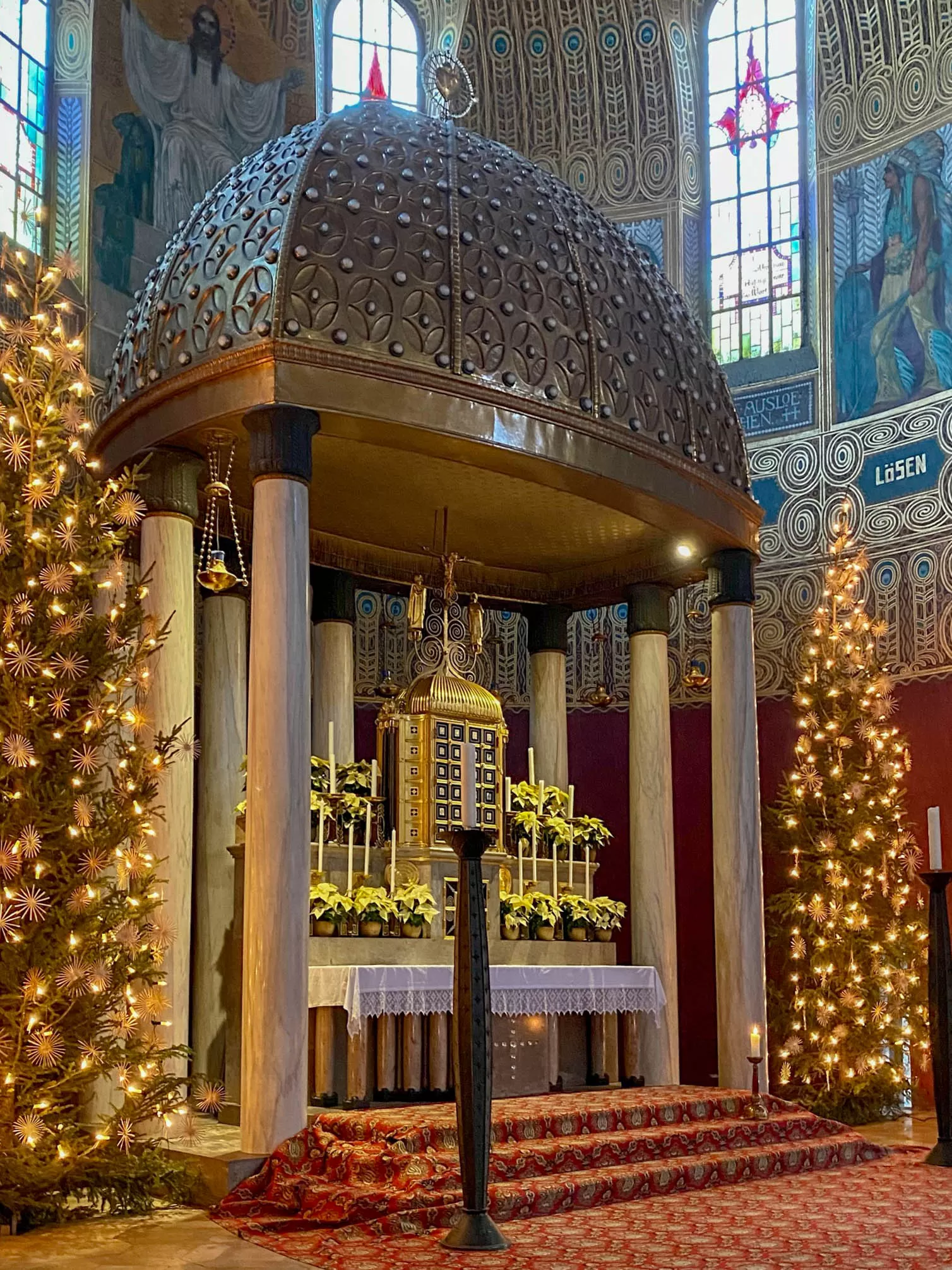
Herz Jesu, 1907-1910. Architect: Michael Kurz. Photo: Daniela Christmann
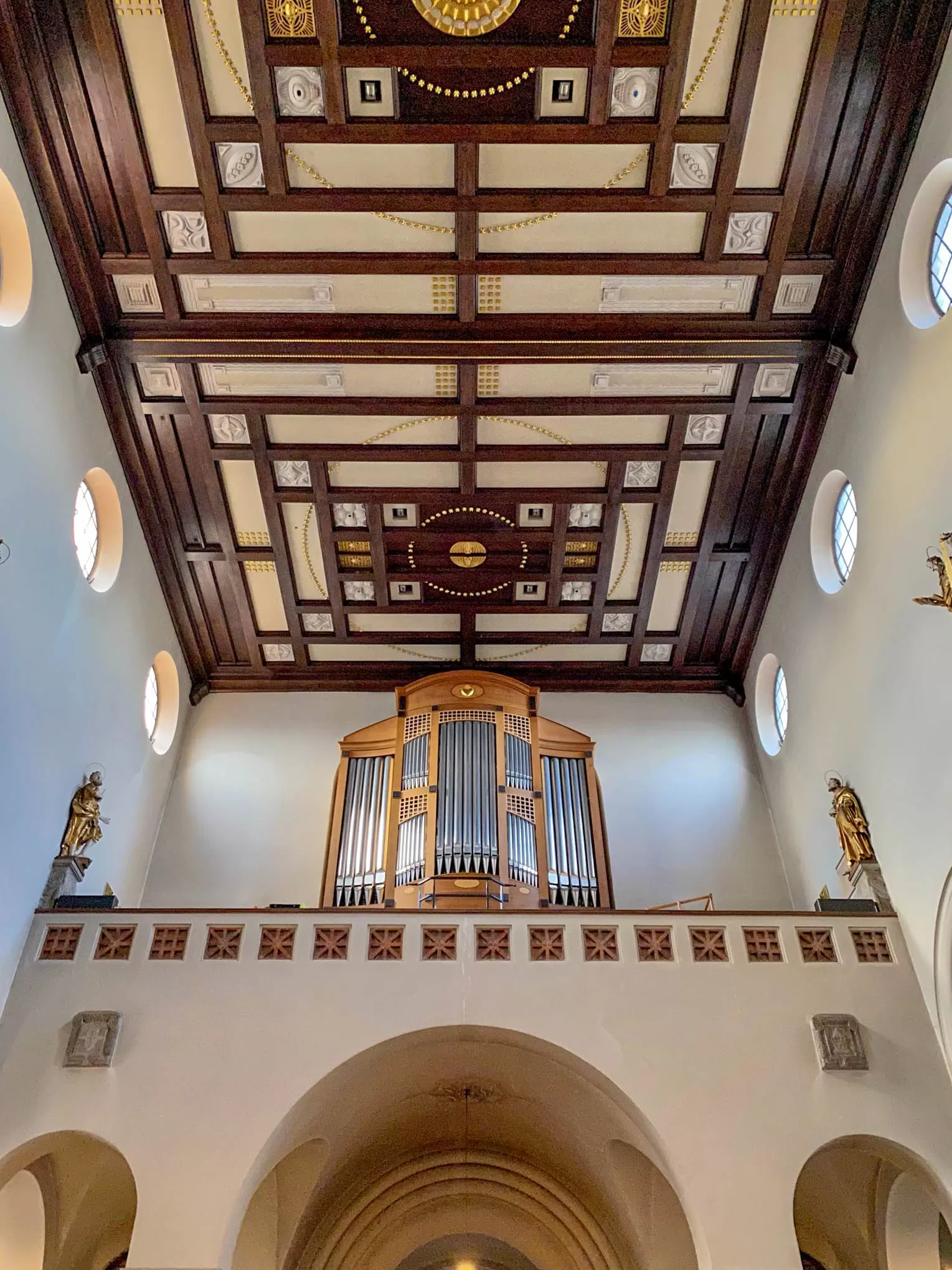
Herz Jesu, 1907-1910. Architect: Michael Kurz. Photo: Daniela Christmann
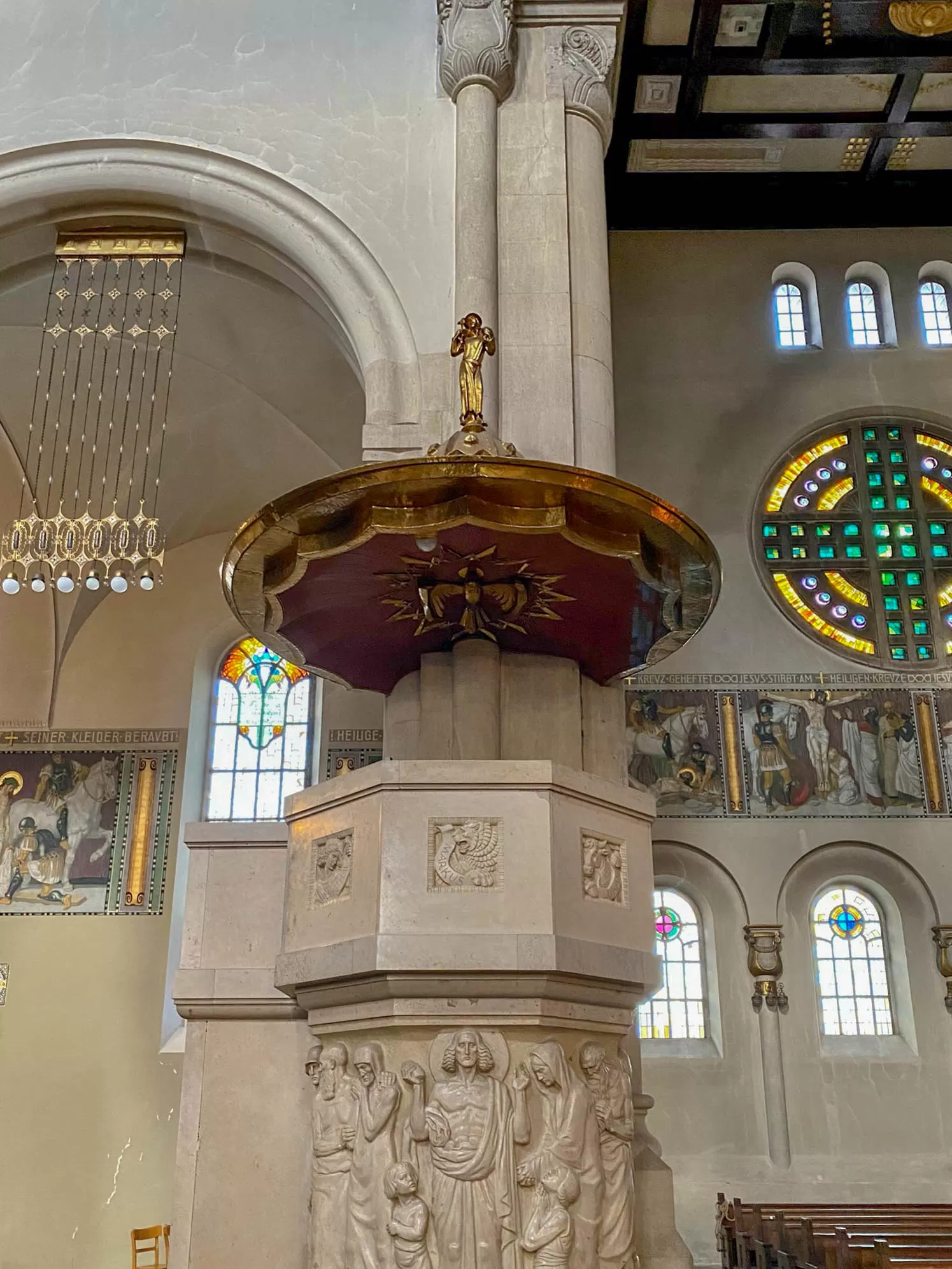
Herz Jesu, 1907-1910. Architect: Michael Kurz. Photo: Daniela Christmann
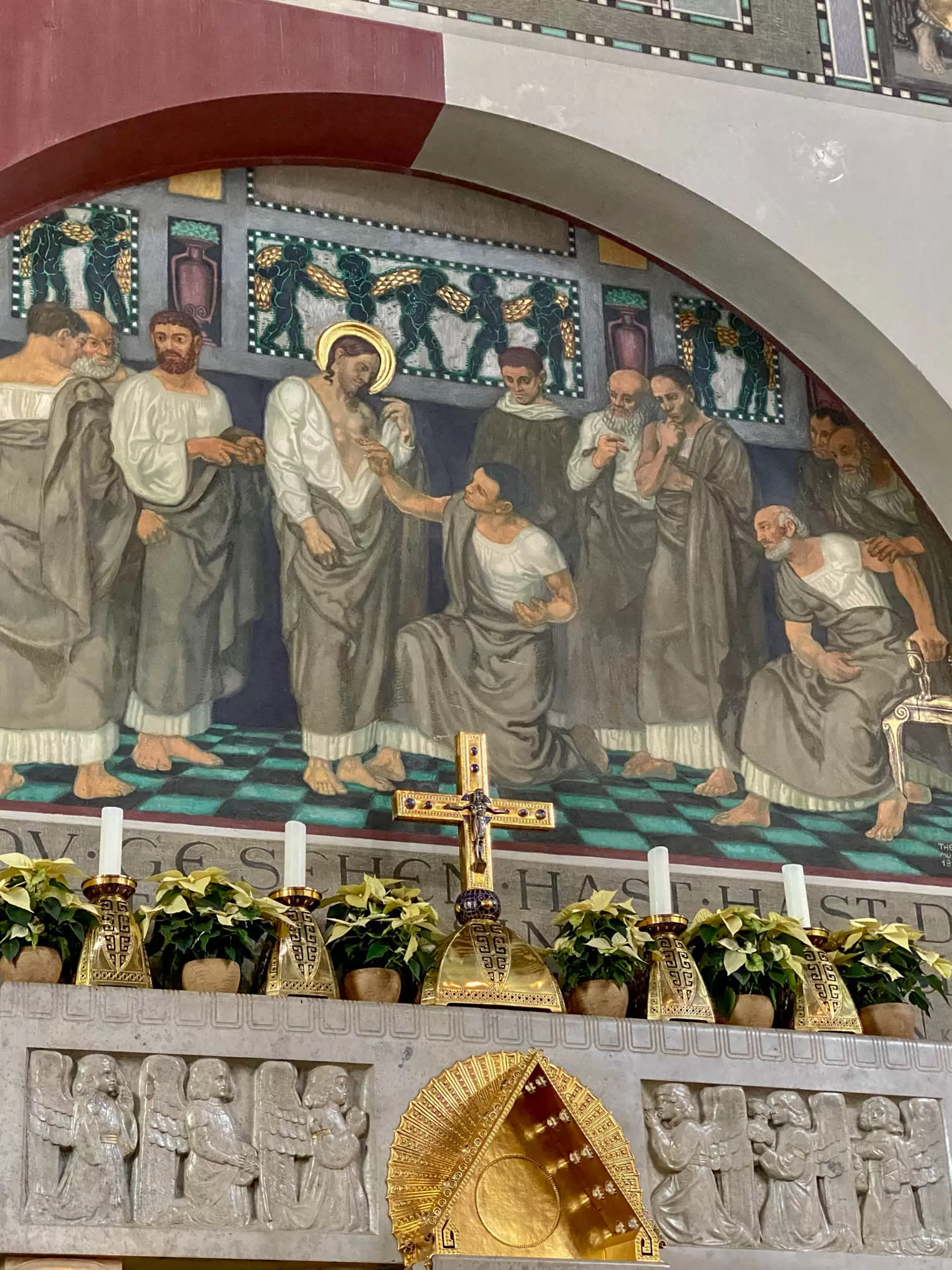
Herz Jesu, 1907-1910. Architect: Michael Kurz. Photo: Daniela Christmann
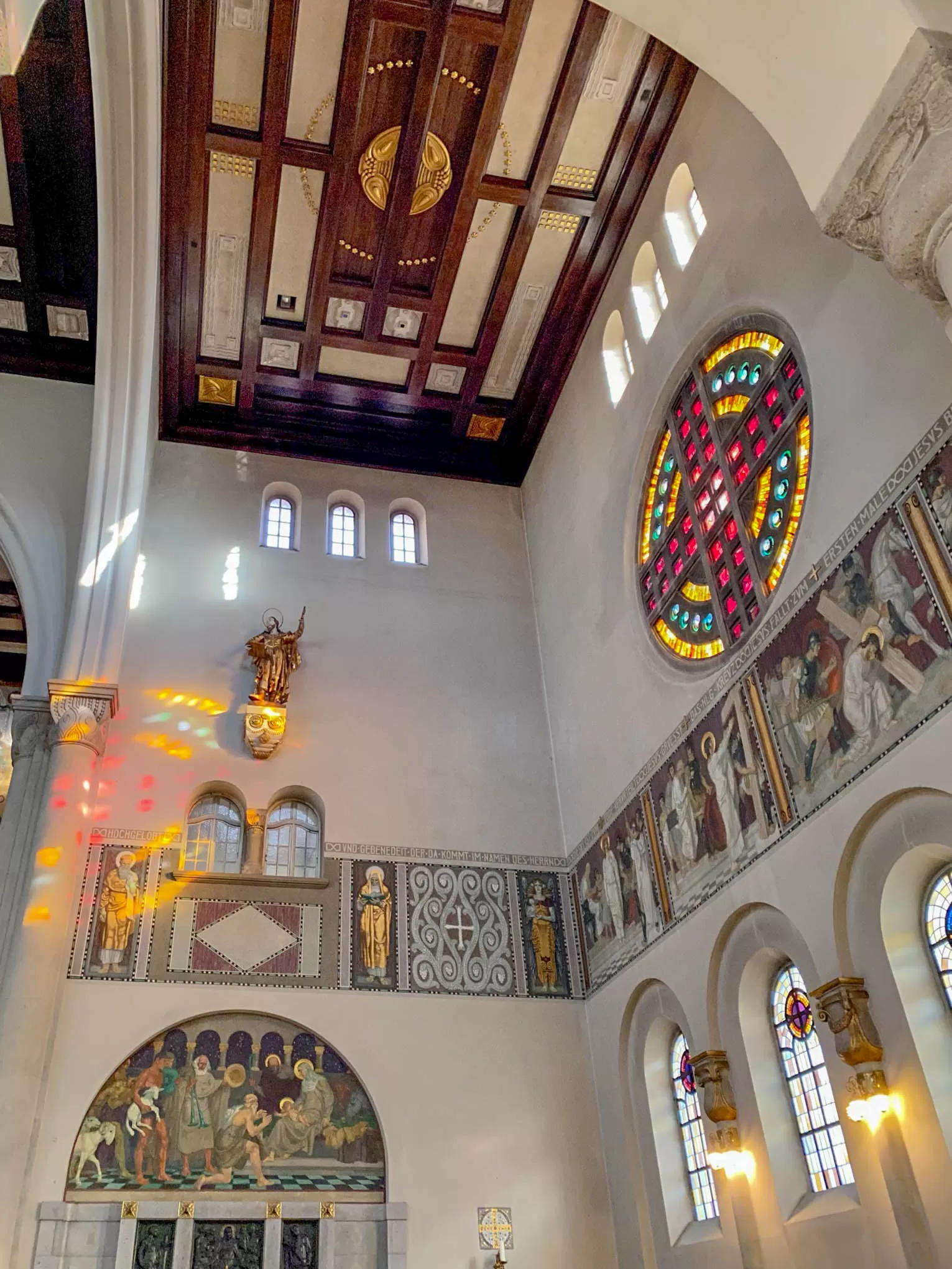
Herz Jesu, 1907-1910. Architect: Michael Kurz. Photo: Daniela Christmann
1907 – 1910
Architect: Michael Kurz
Augsburger Strasse 23a, Augsburg, Germany
The Catholic parish church Herz Jesu was built between 1907 and 1910 according to plans by architect Michael Kurz in the Pfersee district of Augsburg.
Art Nouveau
The interior of the church contains one of the most extensive, largely preserved furnishings in Art Nouveau style in southern Germany.
Background
A church building association was founded in 1892, and the foundation stone for the new church was laid in 1907. It was consecrated on 29 May 1910 by Bishop Maximilian von Lingg.
The church building is a three-nave basilica with a transept, a western tower with a stretched bell roof and plastered facades.
The church rises in the centre of Pfersee dominating the entire district. The square west tower with its curved dome is 72 metres high and can be seen from afar. It once towered over all the factory chimneys of Pfersee and still dominates the entire west of Ausburg today.
Pfersee
In the course of industrialisation in the second half of the 19th century, the population of the village of Pfersee, grouped around the parish church of St. Michael, multiplied within a very short time.
The proximity to the city of Augsburg, available workers with craft experience, the water power of the Mühlbach and the connection to Augsburg’s main railway station through the local railway had encouraged the settlement of factories in Pfersee. Several companies from the textile industry, the metal industry and the chemical industry were represented.
Pfersee was incorporated into Augsburg in 1911.
The existing parish church of St. Michael became too small within a short time due to the increase in population and plans were initially made to extend it.
New Church
In 1894, under the parish priest Anton Schwab, it was decided to build a new church. Already in the following year, a suitable building site was found on Augsburger Straße, which was purchased by the church building association.
First drafts by the Munich architect Johann Marggraff from 1894 showed a neo-Romanesque basilica with three naves.
The final contract was awarded to the architect Michael Kurz in 1905 for his likewise neo-Romanesque designs. However, Kurz developed these further in the course of building in the spirit of the incipient modernism.
Gesamtkunstwerk
In the course of time, he also submitted designs for details of the furnishings such as confessionals and offertory stalls, thus creating a Gesamtkunstwerk.
In his ‘Programme on the artistic decoration of the new Catholic church in Pfersee’ of 26 January 1909, he set out his concept: “The style of the building leans towards the Romanesque, but the spatial effect and the detail is modern. The furnishings and painting are to be modern as far as purpose and spirit allow us.”
The foundation stone was laid on 7 July 1907, the shell and roof truss were completed on 18 January 1908, the steeple and windows in 1909, and the tabernacle altar in early 1910.
On 29 May 1910, Bishop Maximilian von Lingg consecrated the church.
Decorations
The painter Christoph Böhner began painting the choir in casein technique in the summer of 1912 and completed it the following year.
The artist Theodor Baierl painted the Stations of the Cross from June 1912. His frescoes above the side altars were painted in 1914, the wall and ceiling paintings in the Lady Chapel did not suceed until 1930 to 1931.
The left side altar by sculptor Hans Miller was acquired as an exhibit at the Munich Trade Exhibition in 1912. The bronze reliefs of the right side altar from 1908 are also by Miller.
The domed structure above the high altar was erected in 1914.
The high relief of the pulpit, which was not created until after the First World War, is a design by the sculptor Karl Baur.
The colour scheme of the room serves to align it with the choir and the luminous painting of the apse. The walls of the side aisles and the transverse arms were originally tinted purple. Above them, the painting changed to a lighter purple, which extended to the upper windows in the transverse arms.
Colour Scheme
The wall surfaces above were white, as in the central nave, and corresponded with the natural stone tone of the pillars and columns.
This colour scheme, which emphasised the unity of the room in the sense of Art Nouveau, was abandoned during the interior restoration between 1970 and 1971.
The original impression of the room has thus been greatly altered. The violet hue was only preserved in the choir and in the base of the apse.
The central nave and transept have a flat wooden ceiling in a strictly geometrical grid. It is decorated with stucco and gilded wood ornaments. The side aisles are closed by a cross vault.
The floor is made of Solnhofen tiles.
Tabernacle
The tabernacle altar is vaulted by a magnificent dome on nine columns of Calacatta marble with bronze capitals, designed by Michael Kurz between 1914 and 1915.
The gilded tabernacle, designed by Jakob Rehle in 1910, has enamel inlays on the ebony doors representing four symbols of Christ: Phoenix, Paschal Lamb, Unicorn and Pelican.
The tabernacle structure made of grey-blue Jura marble after a design by Friedrich Pöhlmann from 1910 finds its conclusion in a crucifixion group.
The shiny gold dome made of wood with copper sheet cladding is decorated with opal-coloured glass jambs. Between the columns hang eight brass lamps with opal blue glasses. The upper finial is a heart in a richly decorated wreath.
Floor and Windows
The flat wooden ceiling is decorated with stucco and gilded wooden elements in strict geometric patterns.
The windows were designed by Hans Bockhorni, the pulpit of Treuchtlingen marble is a design by the sculptor Karl Baur.
Still preserved are the six ornamentally decorated hanging lamps in the round arch arcades of the nave, designed by the metal sculptor Eugen Ehrenböck from Munich in 1910.
The artistic glazing destroyed in 1944 during the Second World War was restored by Wilhelm Pütz in 1947.
On the front of the tower, above the main entrance, there is a crucifixion group made of shell limestone by Karl Baur, which was installed in 1937.
Restoration
An exterior restoration of the church building was undertaken in 1955.
The interior restoration from 1970 to 1971 was completed in 1975 with the renovation of the Lady Chapel. After repairs to the tower in 1983, to the aisles in 1986 and to the foundation in 2000, the roof truss was renovated from 2008 to 2009, the ridge turret secured and the roof re-roofed.
The windows were reworked and the façade was painted in an ochre tone.
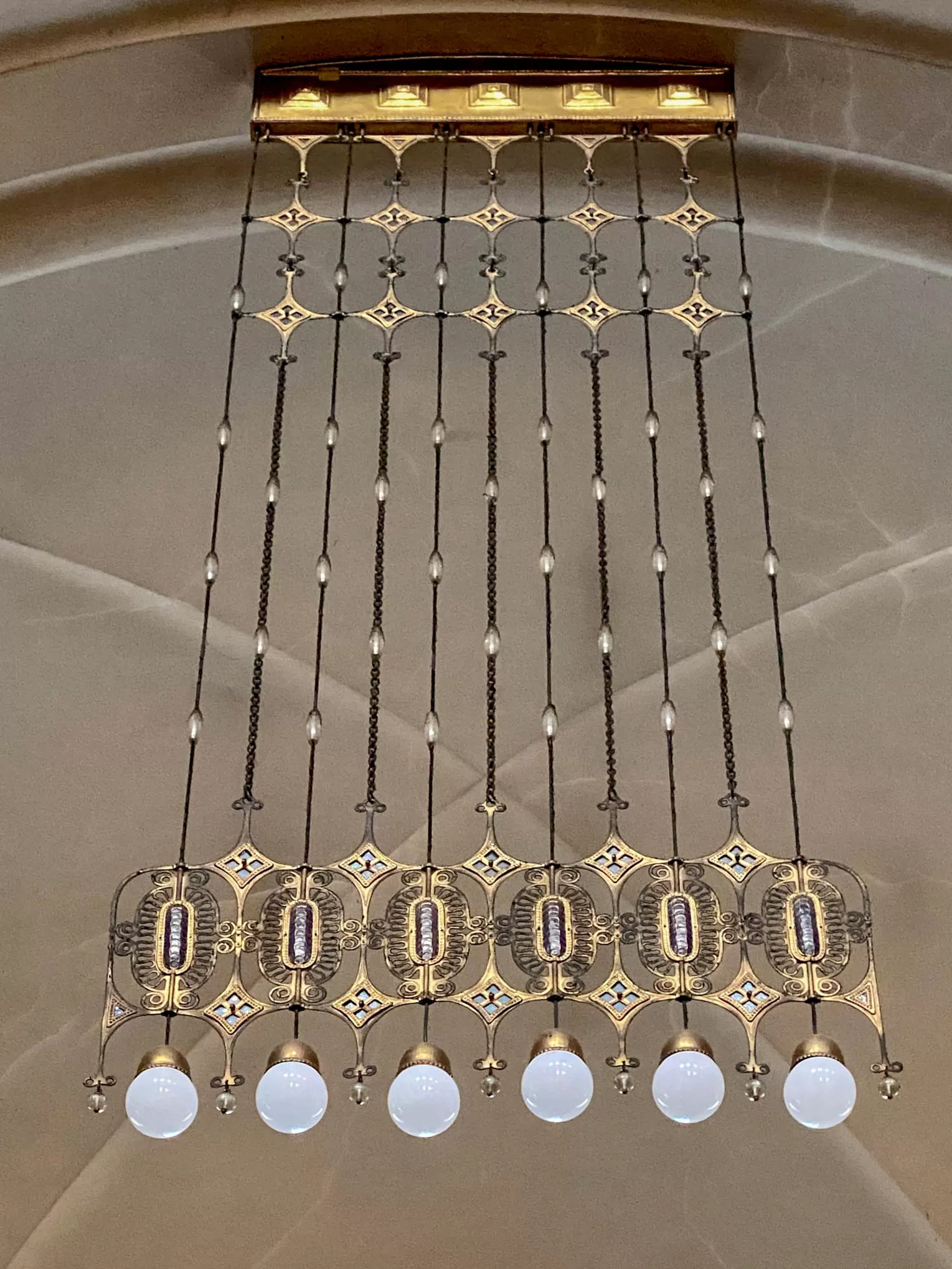
Herz Jesu, 1907-1910. Architect: Michael Kurz. Photo: Daniela Christmann
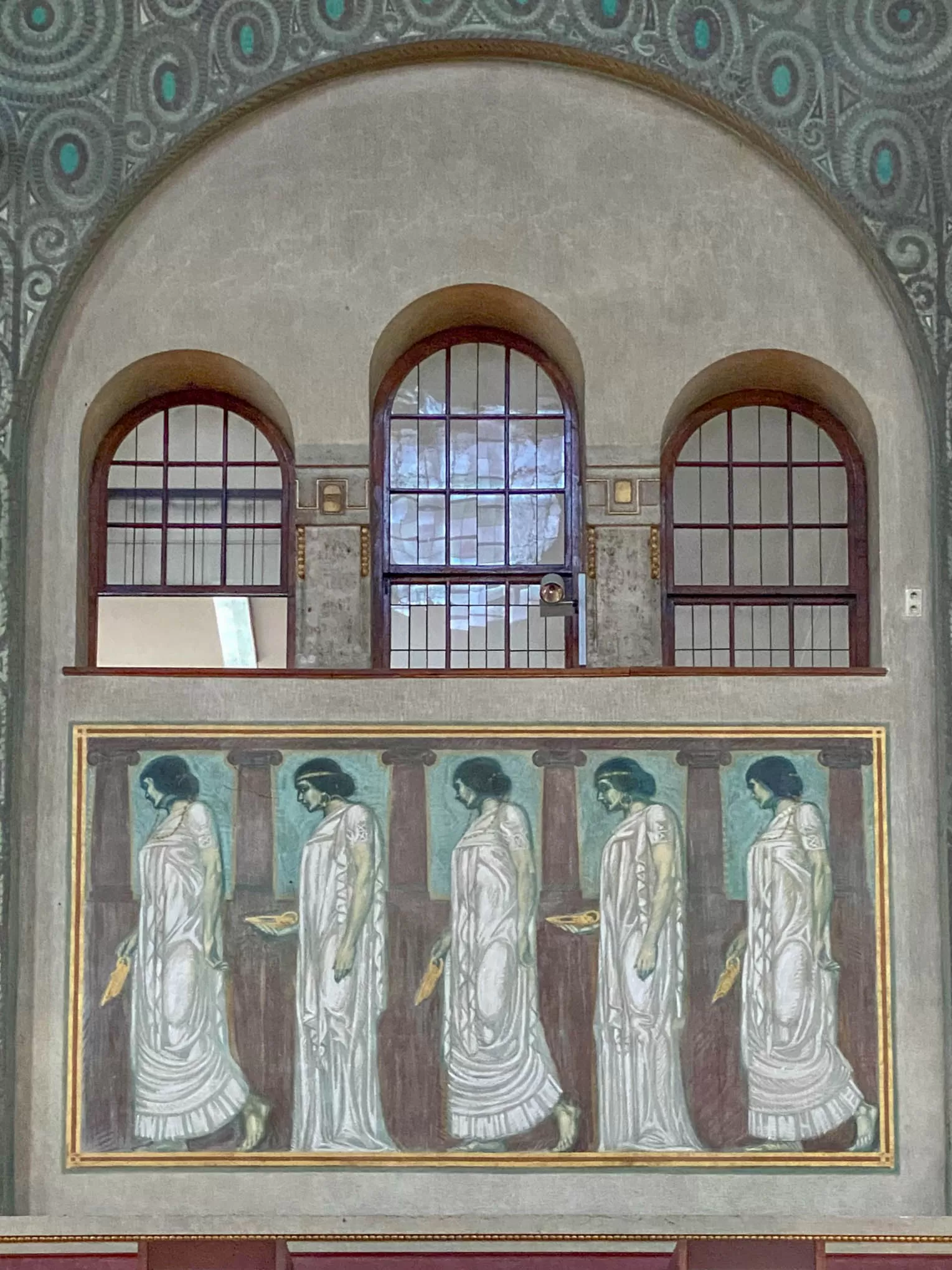
Herz Jesu, 1907-1910. Architect: Michael Kurz. Photo: Daniela Christmann
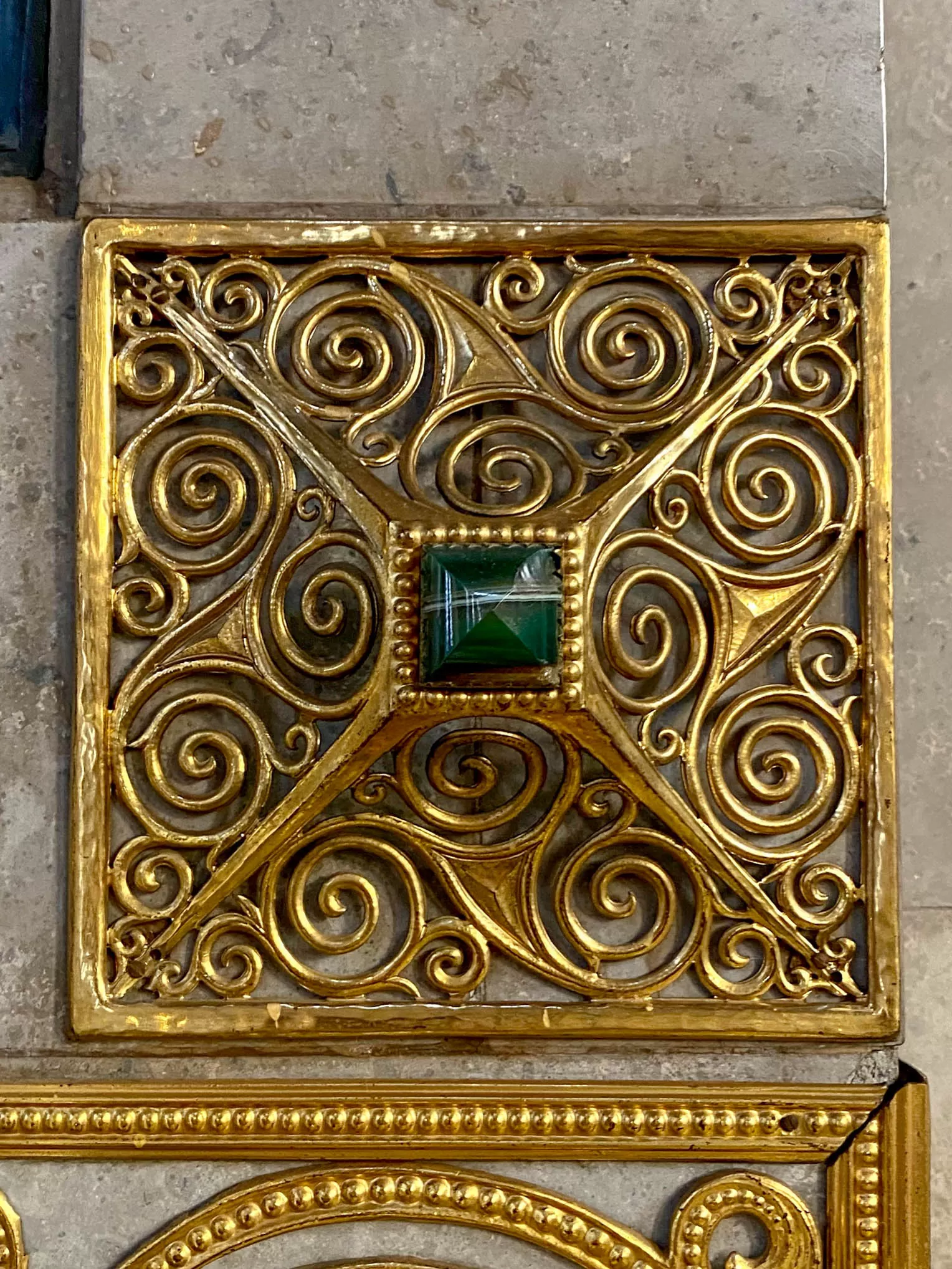
Herz Jesu, 1907-1910. Architect: Michael Kurz. Photo: Daniela Christmann
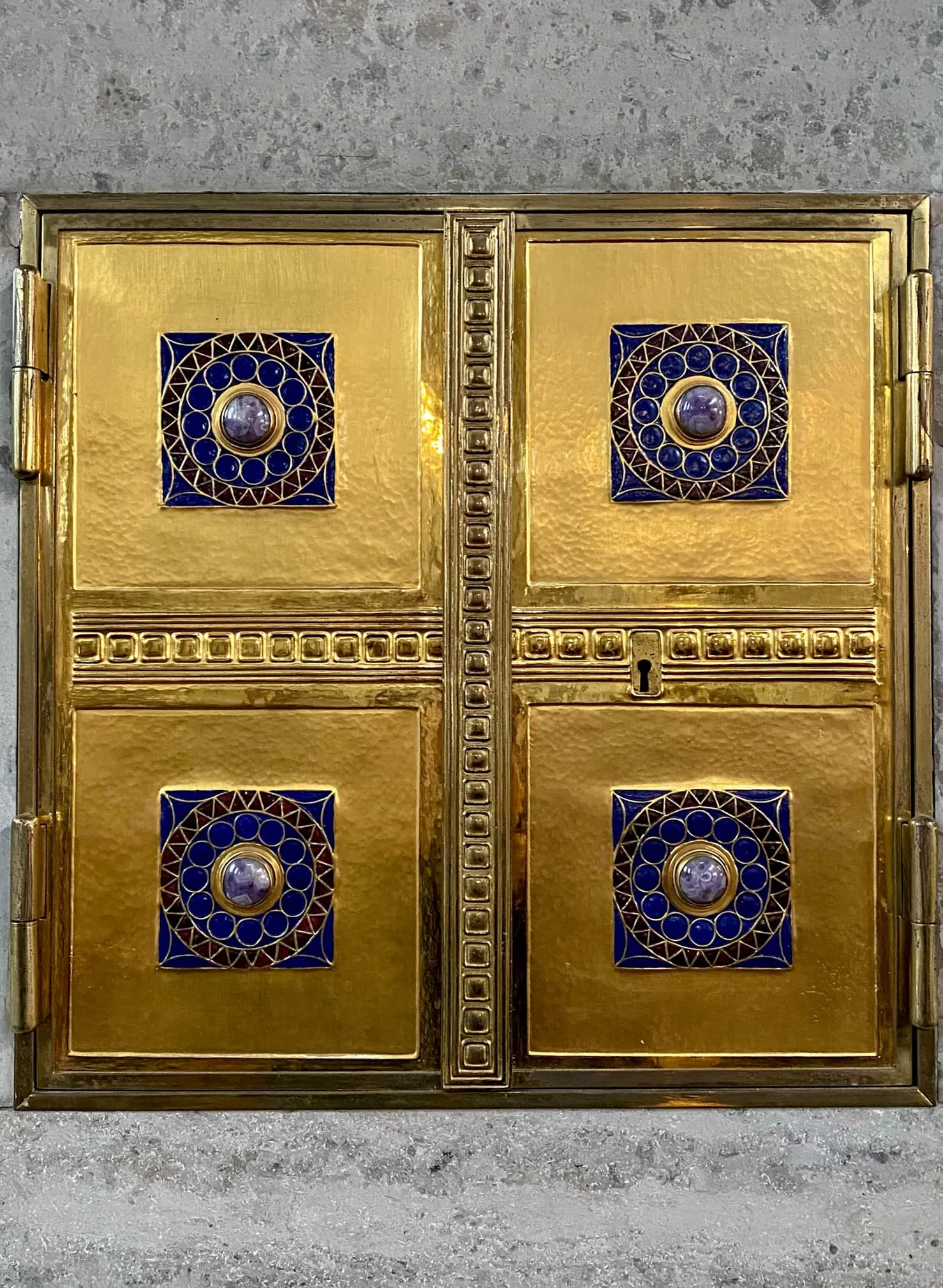
Herz Jesu, 1907-1910. Architect: Michael Kurz. Photo: Daniela Christmann
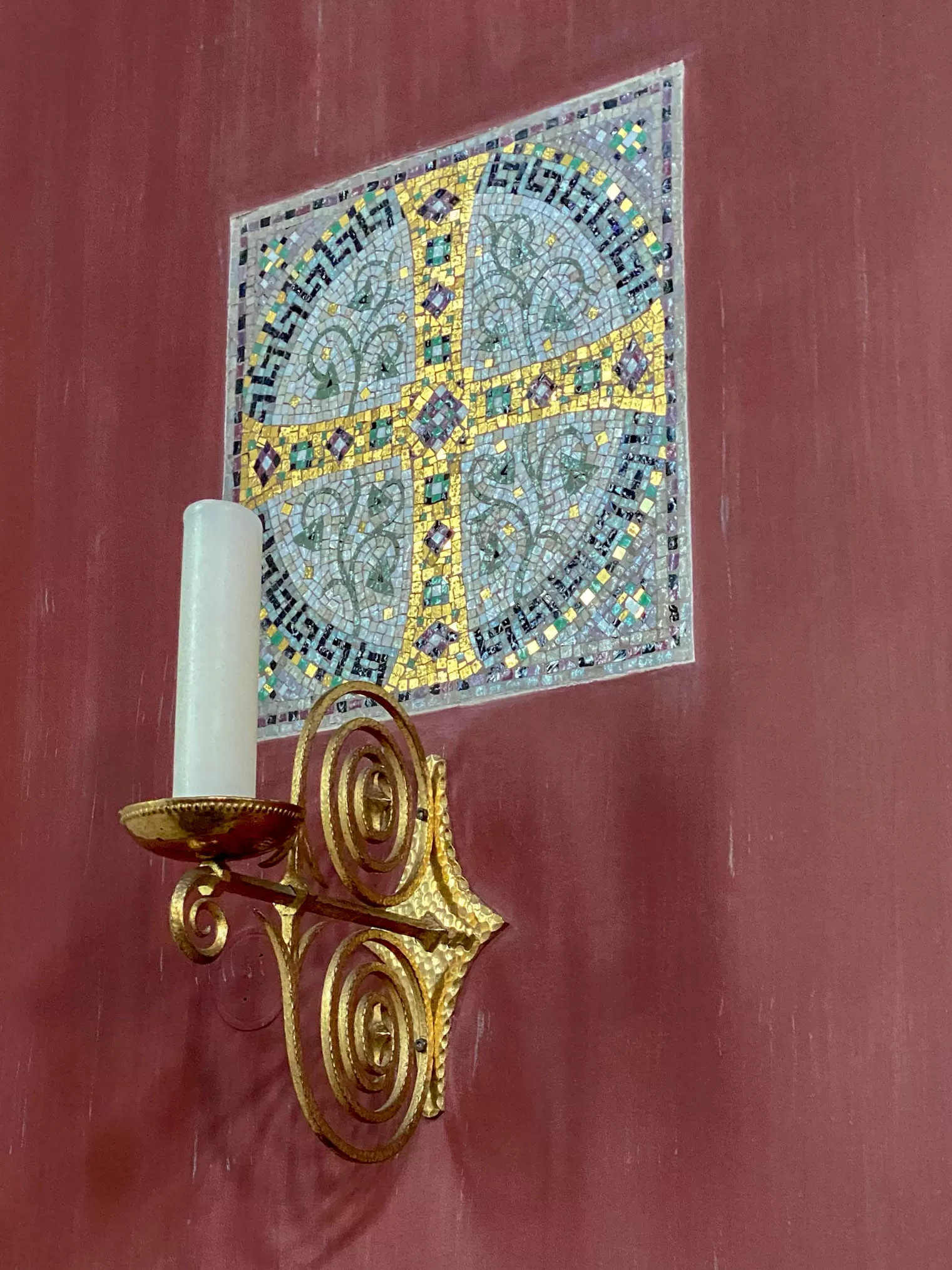
Herz Jesu, 1907-1910. Architect: Michael Kurz. Photo: Daniela Christmann
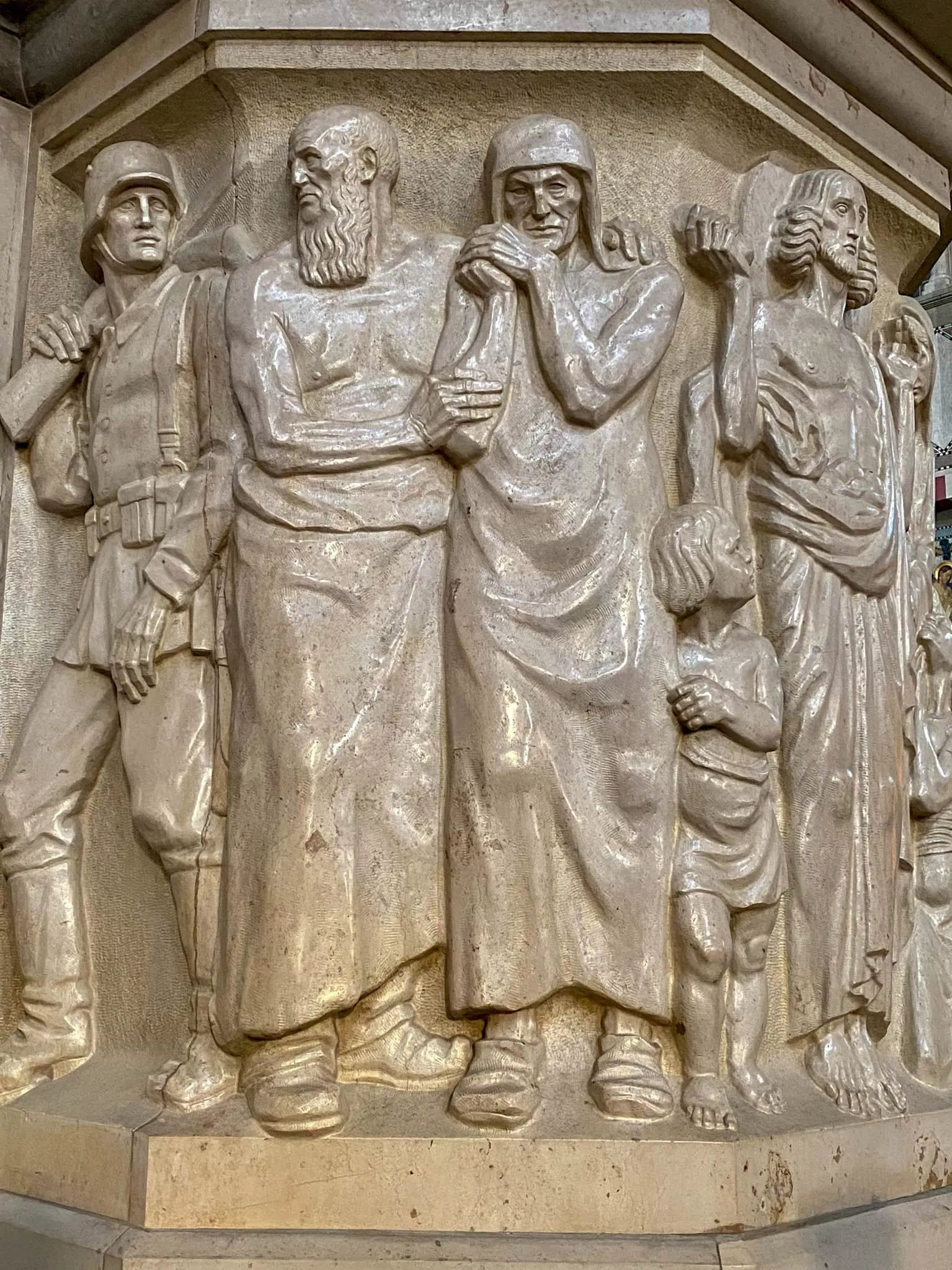
Herz Jesu, 1907-1910. Architect: Michael Kurz. Photo: Daniela Christmann
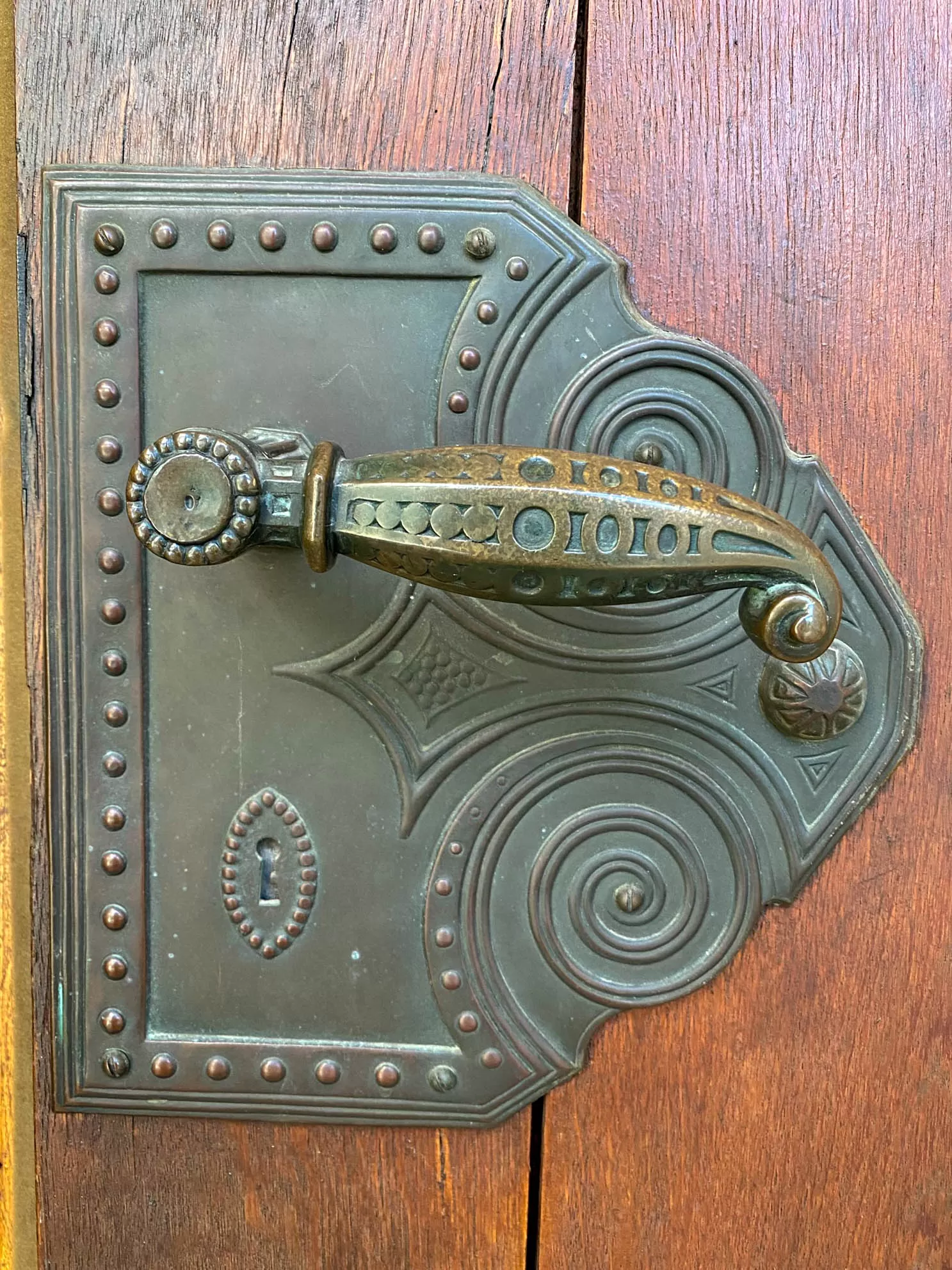
Herz Jesu, 1907-1910. Architect: Michael Kurz. Photo: Daniela Christmann

